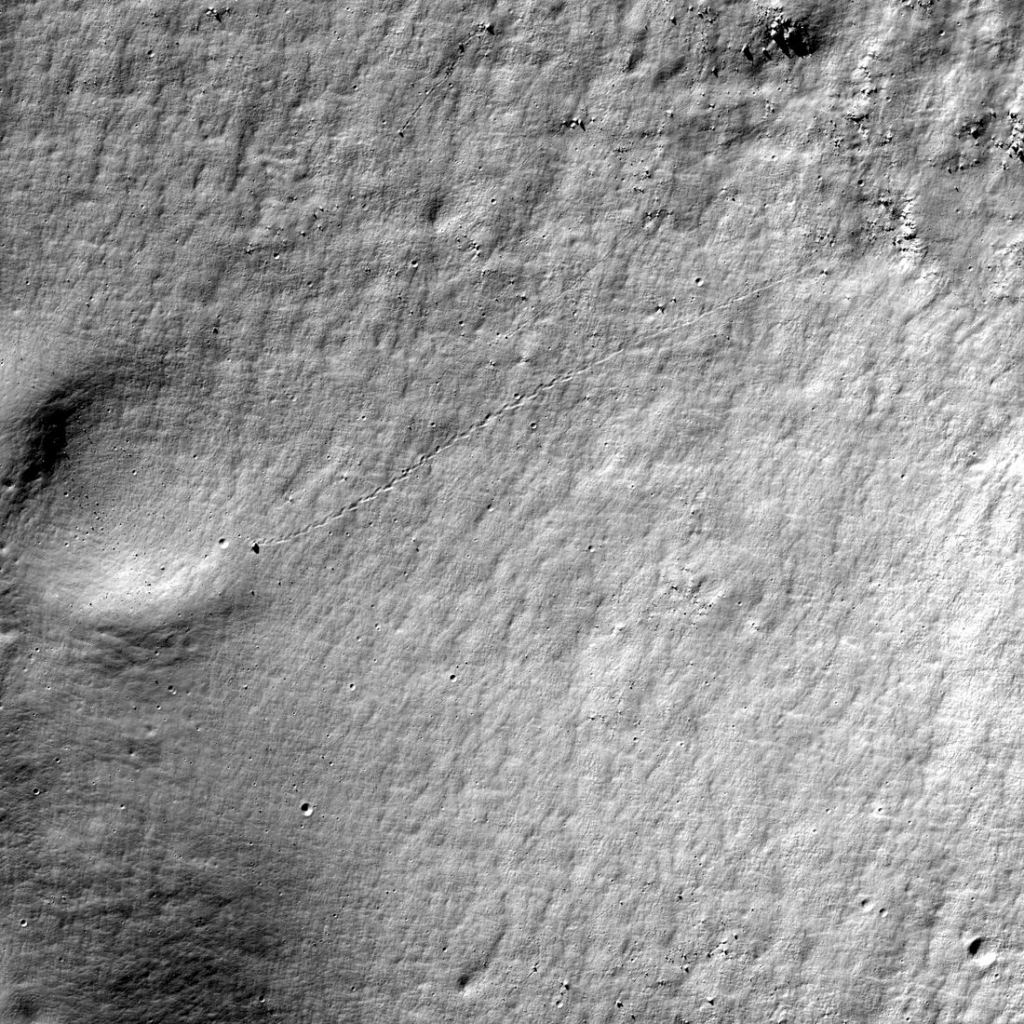The history of the Moon is a story urged by geology, apparent in its rocks, craters, and different surface parts. For centuries, astronomers non-public studied the Moon from afar and for the previous few many years, it has been visited by various robotic missions. Between 1969 and 1972, a total of twelve astronauts walked on its surface, conducted lunar science, and introduced samples of lunar rock attend to Earth for look.
These efforts non-public taught us lots in regards to the things that non-public fashioned the lunar surface, be they one-off occasions devour the enormous influence that formed the Shakleton crater to things that took place customarily at some stage in its 4.51 billion-yr history. For example, scientists neutral no longer too prolonged within the past came all over one thing unfamiliar in regards to the Antoniadi crater: a full boulder changed into as soon as perched on the rim of a smaller crater within after rolling about 1000 meters (1093 yards) downhill.
The image changed into as soon as taken by the Lunar Reconnaissance Orbiter Digital camera (LROC), which is a draw of three cameras mounted on the Lunar Reconnaissance Orbiter (LRO) that gain high-resolution dusky and white (and life like resolution multi-spectral) photos of the lunar surface. The image zooms in on the Antoniadi crater, which measures 138 km (~86 mi) in diameter and is found within the southern hemisphere on the a long way aspect of the Moon.

To the east of the crater (simply aspect of the image), rock outcroppings are visible that are fragment of Antoniadi’s rim. To the west, a younger influence crater is found on Antoniadi’s ground that measures about 30 m (~100 ft) all over and is in part erased. Between them lies a slope that delicately runs downhill from northwest to southeast that is fragment of the crater’s within rim.
It is as a end result of its put on the bottom of this slop that the younger crater has been in part erased. Over time, it has been stuffed by free regolith that runs downhill, maybe because moonquakes. On this case, nonetheless, the LRO caught witness of a boulder that got right here free from the rock outcropping and rolled in the direction of the younger crater.
Here's indicated by the tracks it left within the lunar regolith. And whereas the rock is in part obscured by shadow, the illuminated fragment is estimated to be about 15 m (49 ft) in diameter, meaning its maybe as large as an 18-wheeler truck. In step with the tracks, it looks that the rock bounced about a cases because it plowed downhill sooner than coming to a terminate on the younger crater’s rim.
As with different tracks, craters and geological parts on the Moon, this rock and the path it carved tells a yarn. And it is as a end result of devices and lunar explorers of rising sophistication that we're privy to them.
Additional Studying: LROC
View Source










Post A Comment: